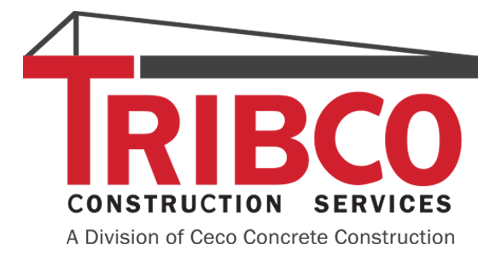WHY CONSTRUCTABILITY OF CAST-IN-PLACE CONCRETE MATTERS
Mar 15th 2021
“It was exciting to be invited to share Ceco’s insight at SDC Technology Forum 49,” says Ceco Senior VP Phil Diekemper. “ACI’s Strategic Development Council is focused on advancing innovation in the concrete industry, and those goals parallel Ceco’s as we continue to improve the delivery of CIP concrete buildings for the benefit of project owners.”
Constructability can be the secret sauce to building concrete structures in a timely and cost-effective manner. When design and construction teams work together to heighten labor efficiency and decrease construction time, they can often provide greater value to the owner than by solely focusing on a structural design’s efficient use of materials.
An often-overlooked project delivery opportunity lies in improving cast-in-place (CIP) concrete constructability. Delivery methods that maximize constructability involve the concrete contractor early—during planning and design—to review project documents and discuss potential construction processes. The contractor reviews project design goals, structural framing schemes, site conditions and other design concerns or documents as well as construction sequences and challenges in hoisting and material conveyance. This early review enables project teams to identify possible obstacles to success during structural design and prevent obstacles during construction that could lead to unintended results or conflict. The contractor’s collaboration can leverage innovative approaches and minimize document errors, construction delays and budget overruns before construction starts.
“Our experience suggests that the concrete contractor’s earliest involvement with the structural engineer on record can increase the potential of constructability gain,” says Phil Diekemper, Senior Vice President at Ceco Concrete. “We [the concrete contractor] can provide input that can enhance the structural engineer’s value and allow us to further develop assembly line-type construction processes that optimize crew productivities. Projects can be built faster, requiring fewer RFIs and field changes, which ultimately saves time and money.”
In February, the American Concrete Institute (ACI) invited Phil to discuss the economic value of improving constructability at ACI Foundation’s Virtual SDC (Strategic Development Council) Technology Forum 49. During his presentation, “A Case Study: Constructability Economics—Why Constructability is Important,” Phil explained how early collaboration leads to well-engineered structural designs—plans that enable earlier project completions with reduced labor incurred during construction. He offered two main takeaways. First, contractors hold the keys to maximizing constructability: construction time and labor. And second, optimizing concrete formwork is the “magic key” that speeds work (construction time) and increases productivity (labor).
CIP concrete achieves creative design goals
Cast-in-place concrete offers advantages over prefabricated structural systems, like steel, modular systems and precast concrete. Because concrete can be molded into any shape desired when in its plastic state, it offers the design freedom to embrace architectural creativity and limitless geometry without systemic barriers. After placing concrete onsite, crews can easily assemble, remove and relocate well-designed formwork systems to simplify the sequence of work and accelerate construction cycles.
Don’t overlook constructability analysis
“No design analysis software considers constructability variables, but constructability is critical to good design,” advises Phil. Ceco performs constructability analysis for every project we take on. We ask many critical questions, such as:
- Have formwork repetition, panel size and mechanization for movement been maximized?
- Have the economics of materials vs. labor been vetted?
- Are site logistics, deliveries, pour sequencing and materials hoisting considered in the design documents?
- Have the specifications been reviewed and the trade tolerance conflicts considered during design?
- Have reinforcing congestion, post-tensioning anchorage and mechanical or embedded items been considered for conflict resolution early enough to adjust?
- Have drainage, cracking or freeze-thaw concerns been addressed?
- Are the architectural and structural documents coordinated and detailed for consistent clarity?
- Are the design documents sufficiently dimensioned, and with section cuts, to limit RFIs and ensure finish trades preparation is consistent with the concrete?
To learn more about Ceco’s constructability review assistance, read our Design-Assist Advantage Sheet.
 US Dollars
US Dollars



